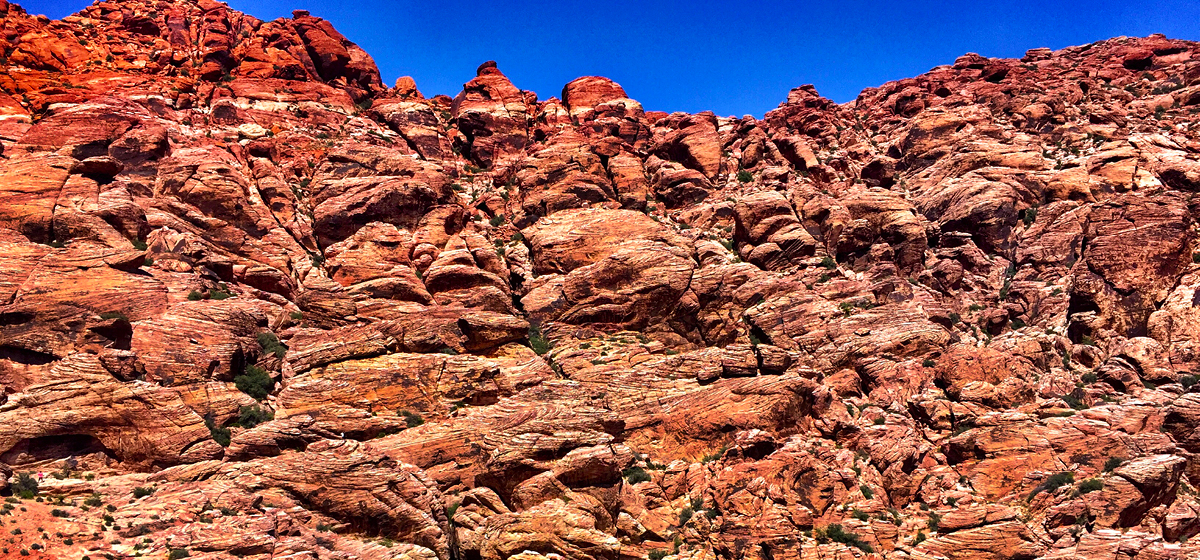 Photos and Story By Megan Spencer
Photos and Story By Megan Spencer
Originally inhabited by the Blackfeet, Salish, and Kootenai Indian tribes, Glacier National Park is known now for its icy peaks, translucent waters and breathtaking valleys. Located in northwest Montana, the park is one of the northernmost national parks in the United States. Explorers began inhabiting the area in the early 1800s in search of beaver pelts, followed by eager miners. Although mining did not prove to be too successful in the area, it did show the need for the Northern Railway as a mode of transportation. Transportation has greatly modernized since the 19th century…traveling from Texas by car will take you roughly 24 hours, or three hours by airplane. But beware—because of the harsh winters, many of the activities and lodging are closed from late September to early May.
Glacier National Park became the 10th national park in the United States, thanks to the perseverance and vision of George Bird Grinnell. Grinnell’s exploration helped the park become a Forest Preserve in 1900. Unfortunately, the park was still being disturbed by miners and people wanting to create homesteads. By 1910, with the push from Grinnell, President Taft signed the bill that established the area as Glacier National Park. Shortly thereafter, the growing amount of visitors required the addition of park rangers, trails, and back country hotels—known as chalets. The lack of roads throughout the park required most of the sightseeing to be done by horseback or hiking. This posed a need for an incredible structure of that time, the Going-to-the-Sun Road.
Going-to-the-Sun Road was one of the first created for automobile tourists. 50 beautiful, scenic miles allow for tourists to see a large part of Glacier National Park. Drive your own vehicle, or you can take a tour by a vintage red car. The Going-to-the-Sun road is a winding road that provides many pullouts for sightseeing and photographic opportunities. You also have the opportunity to cross the Continental Divide at 6,646-foot-high Logan Pass.
An engineering feat and National Historic Landmark, the Going-to-the-Sun Road was completed in 1932 after 11 years of construction. Tourists became able to complete in one day the same amount of trail as had previously taken several days of horseback rides. Even today, tourists marvel at how something so incredible could have been constructed in the early 1900s. It is considered to be one of the most scenic roads in North America.
A glacier is a slowly moving mass or river of ice formed by the accumulation and compaction of snow on mountains or near the poles. In 1850, there were 150 active glaciers in the area comprising the park; now there are only 25 active glaciers. What makes a glacier active is that it is still acquiring snow and moving. Researchers believe that by the year 2030, there will not be any glaciers remaining in Glacier National Park. Plan your trip to Glacier while you can, before the glaciers are gone.
The Wildlife
 The wildlife you can find in Glacier National Park varies and is very different from what we have in Texas. One of the most common animals you will spot is the mountain goat. From far away, these mountain goats may look like a small patch of snow, but if you grab your binoculars, you will see the grazing animal. The mountain goat may seem clumsy, but it can actually position all four hooves in the tiny vicinity equivalent of a reading book.
The wildlife you can find in Glacier National Park varies and is very different from what we have in Texas. One of the most common animals you will spot is the mountain goat. From far away, these mountain goats may look like a small patch of snow, but if you grab your binoculars, you will see the grazing animal. The mountain goat may seem clumsy, but it can actually position all four hooves in the tiny vicinity equivalent of a reading book.
 There are many other animals in Glacier National Park that are much more reclusive than the mountain goat. There are two different mammals in the park that are considered a threatened species: the lynx and grizzly bear. Although the population of the grizzly bear is approximately 300, the number is slowly growing and making progress toward no longer being a threatened species. The grizzly bear can be a potentially dangerous and agile mammal; hikers are encouraged to bring protection such as bear spray. Other animals you may find in Glacier National Park are gray wolf, elk, wolverine, cougar, and bighorn sheep.
There are many other animals in Glacier National Park that are much more reclusive than the mountain goat. There are two different mammals in the park that are considered a threatened species: the lynx and grizzly bear. Although the population of the grizzly bear is approximately 300, the number is slowly growing and making progress toward no longer being a threatened species. The grizzly bear can be a potentially dangerous and agile mammal; hikers are encouraged to bring protection such as bear spray. Other animals you may find in Glacier National Park are gray wolf, elk, wolverine, cougar, and bighorn sheep.
While Going-to-the-Sun Road may be the quickest way to see Glacier National Park, there are numerous hiking trails throughout the park providing exclusive views that can only be seen by foot. The hiking choices are numerous; the trail can be determined by difficulty, length or landmark. There are several trailheads that can be found off of the Going-to-the-Sun Road, or you can take a boat to get to more secluded trailheads. On the trail, you may find extremely experienced hikers that are on a two week hike or those that are looking for just a day excursion.
 The Iceberg Lake Trail has to be one of the most rewarding hikes you can take. At the end of the five mile hike (ten mile round trip), you will encounter Iceberg Lake. The view of the Iceberg Lake is exquisite and will take your breath away. This hike is considered strenuous and has one of the steepest inclines at the beginning of the trail head. If you can make it through the first mile, the rest of the hike will seem much easier. Along the way, you will pass valleys, forests, and waterfalls. Halfway to your destination, you will come across a large waterfall that provides a great spot for a rest stop. Plan to have a picnic or a water break while you enjoy the view. You may be exhausted after the Iceberg Lake Trail, but you will be so glad you did it.
The Iceberg Lake Trail has to be one of the most rewarding hikes you can take. At the end of the five mile hike (ten mile round trip), you will encounter Iceberg Lake. The view of the Iceberg Lake is exquisite and will take your breath away. This hike is considered strenuous and has one of the steepest inclines at the beginning of the trail head. If you can make it through the first mile, the rest of the hike will seem much easier. Along the way, you will pass valleys, forests, and waterfalls. Halfway to your destination, you will come across a large waterfall that provides a great spot for a rest stop. Plan to have a picnic or a water break while you enjoy the view. You may be exhausted after the Iceberg Lake Trail, but you will be so glad you did it.
Waterton National Park
 Glacier National Park in Montana borders Alberta, Canada. Once you pass the Canadian border, Glacier National Park turns into Waterton National Park. If you are making the trip all the way to Glacier National Park, take your passport and spend a few days in Waterton. The Continental Divide runs between the two parks, and you are able to cross it by car, boat, or hike.
Glacier National Park in Montana borders Alberta, Canada. Once you pass the Canadian border, Glacier National Park turns into Waterton National Park. If you are making the trip all the way to Glacier National Park, take your passport and spend a few days in Waterton. The Continental Divide runs between the two parks, and you are able to cross it by car, boat, or hike.
One of the most historic hotels in Waterton National Park is the Prince of Wales Hotel. The Prince of Wales Hotel was built by the American Great Northern Railway in 1926-1927. With the winters being so harsh in the area, the builders never could have predicted what would happen after its construction. The builders returned after a harsh winter, in spring 1927, to find the Prince of Wales Hotel  was blown off of its foundation due to the severe winds and snow. When you walk into the Prince of Wales Hotel, you will feel like you have taken a step back in time. The hotel prides itself on staying true to the era in which it was constructed. If you are wanting to watch television, you better stay somewhere else.
was blown off of its foundation due to the severe winds and snow. When you walk into the Prince of Wales Hotel, you will feel like you have taken a step back in time. The hotel prides itself on staying true to the era in which it was constructed. If you are wanting to watch television, you better stay somewhere else.
The locals will entertain you with stories and recollections. For example, Cameron Falls experienced a once in a lifetime moment when it turned into the Blood Falls. The rain collected the red minerals on top of the Cameron Falls and made the waterfall look as if blood was falling from the rocks. Locals were in awe of the experience, and many rushed to witness the once in a lifetime moment. Also, locals will tell you is fairly common for a mountain lion to be lurking on top of rooftops. When the deer come into the town to graze in front yards, their predator the mountain lion will follow. Many of the locals do not stay in the town during the winter months due to the harsh winters. Instead of vacationing in the summer, they choose to do so in winter.
For more information on this trip of a lifetime, visit www.nps.gov/glac


